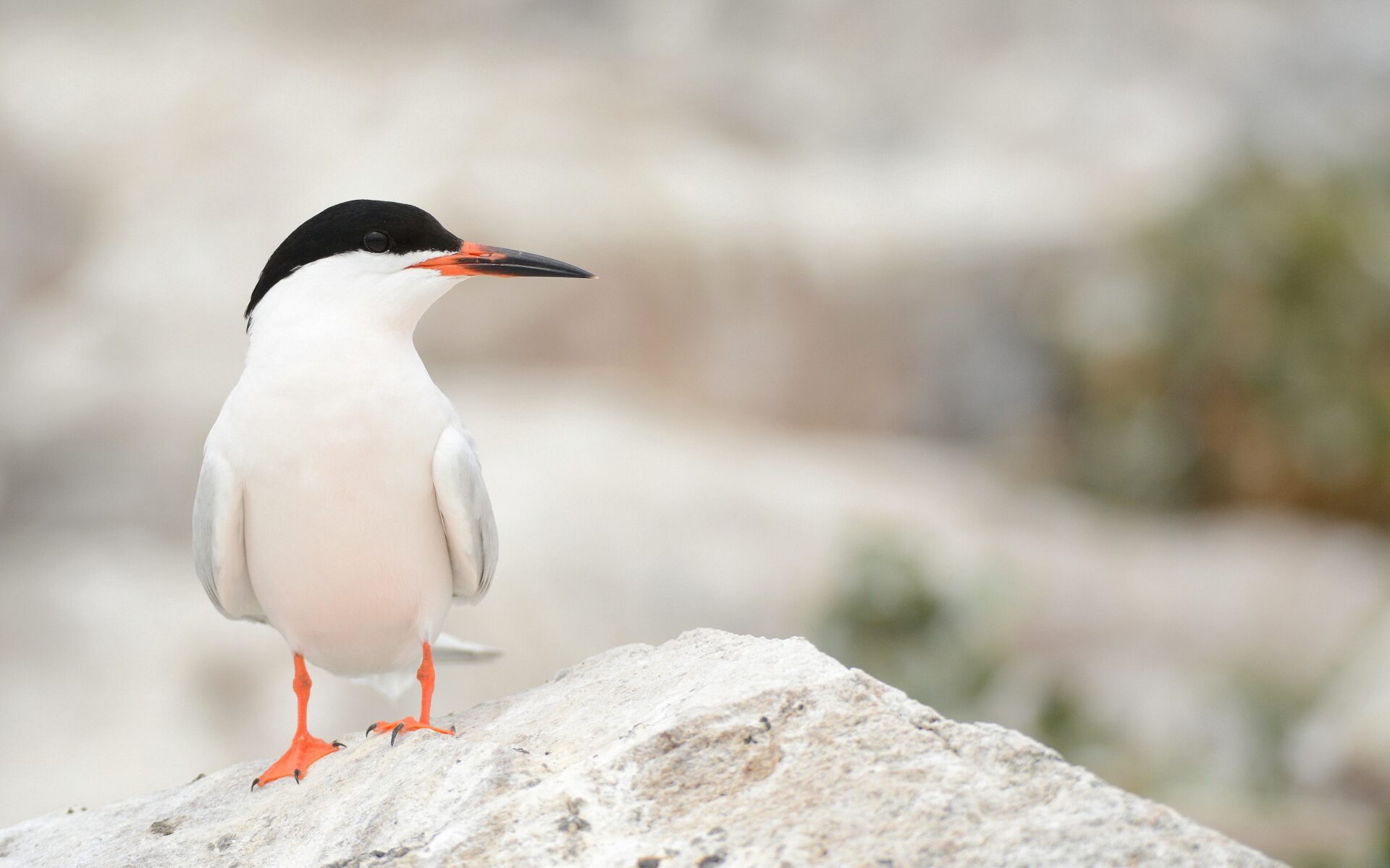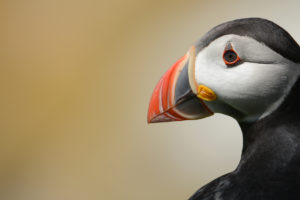A newly-published seabird census highlights how conservation management measures can boost tern populations, while also revealing concerning declines in Puffin and Kittiwake populations in Ireland.
Seabirds Count, released as a book by wildlife publishers Lynx Edicions, is the most comprehensive seabird census produced to date, providing population estimates for the regularly breeding species of Britain, Ireland, Isle of Man and the Channel Islands.
The census, which ran from 2015 to 2021, covered all of our regularly breeding seabird species, including nocturnal burrow-nesters such as Manx Shearwater, inland and urban-nesting gulls and several rare species. Led by the Joint Nature Conservation Committee (UK) with over 20 steering group partners, including BirdWatch Ireland and the National Parks and Wildlife Service, who spearheaded efforts to collect and publish the findings in Ireland.
The census results underscore the benefits of focused conservation management work, while also revealing some concerns. Results differ significantly by region or country. However, overall results show that, across the entire UK and Ireland, 11 of the 21 seabird species with comparable data have declined since the last census in 1998-2002.
In Ireland, 17 species have seen population increases, while two – Puffin and Black-legged Kittiwake – have experienced declines.
Puffin. Photo: Brian Burke
Puffins are reliant on sandeels and this crucial food source is in decline in waters off Britain and probably Ireland. This is one of the many potential factors contributing to the species’ decline, though more research is needed to get a full picture of what is affecting this iconic bird. The Puffin has declined by 28% in Ireland and is now a Red-listed bird of conservation concern, meaning it is vulnerable to extinction.
The Black-legged Kittiwake has declined by 36% in Ireland since the previous census. While Northern Ireland has seen a 33% increase in this species, overall, the species is on the decline. Numbers in the census show an overall decline of 42%, the lowest recorded in any census to date. The main reasons for its decline appear to be the reduction of sandeel availability due to climate change, local predation and extreme weather events.
There are encouraging trends in Ireland for species such as terns. This underscores the importance of our tern wardening work with NPWS at key east coast colonies such as Rockabill, Kilcoole and Lady’s Island Lake. However, while the Arctic Tern population is stable in Ireland, at the overall census level, there has been a 35% decline in the Arctic Tern breeding population since the previous survey.
Across Britain and Ireland, the census shows that Ireland is particularly important for species such as Roseate Tern as 94% of the total populations breed here.
Roseate Tern. Photo: Brian Burke.
The Roseate Tern populations at Rockabill and Lady’s Island Lake have benefitted from a range of conservation efforts via ongoing NPWS wardening projects, delivered by BirdWatch Ireland. Driven to the brink of extinction due to the use of their feathers for the hat trade during the 19th century, the Roseate Tern population recovered through protective legislation and management. Rockabill holds the vast majority of the northwest European breeding population and, thanks to the ongoing conservation management, numbers have increased by 155% since the last census.
However, the Roseate Tern remains one of our rarest seabirds, with an estimated 2,000 pairs confined to a few colonies around these islands, and in 2023 both the Rockabill and Lady’s Island Lake tern colonies were impacted by a Highly Pathogenic Avian Influenza (HPAI) outbreak. An increase in testing, the quicker removal of carcasses after they have been reported and more collaborative action and joined-up thinking between all relevant stakeholders are required if we wish to stem potential devastating effects of avian flu on seabird populations.
Ireland is also of importance for European Storm-petrels, with 73% of the census population breeding here. The majority of the European Storm Petrels in Ireland breed in large colonies located off the southwest coast. Numbers from the census appear to show a stable population.
Meanwhile, the Black-headed Gull has seen an increase of 84% in Ireland, which is in contrast with overall census-level decline of 26%.
While there are certainly reasons for hope, it is clear, to halt and reverse the overall decline in our seabird populations, much more needs to be done to protect these birds and their breeding and foraging areas from the multitude of threats they face.




